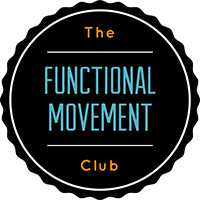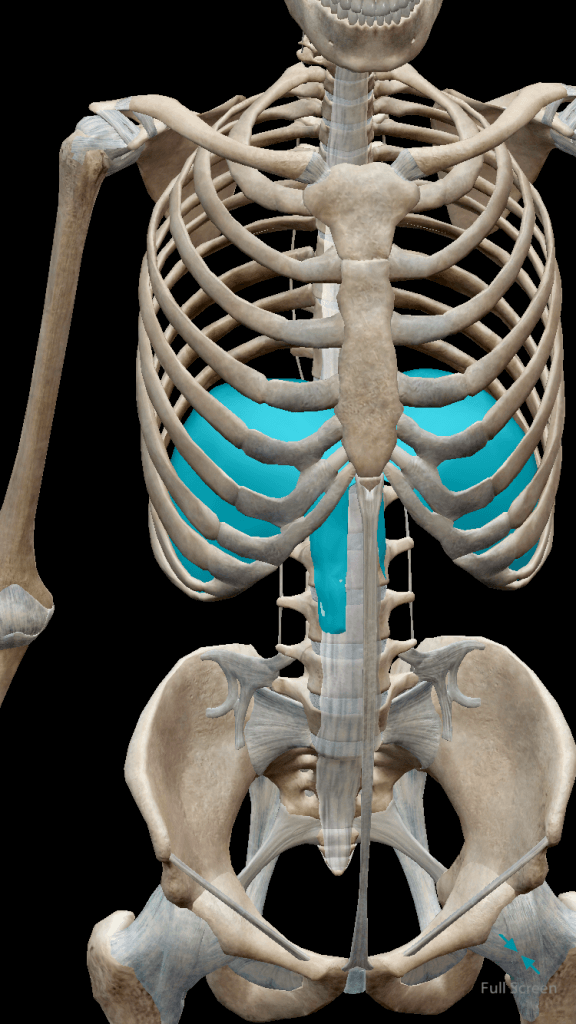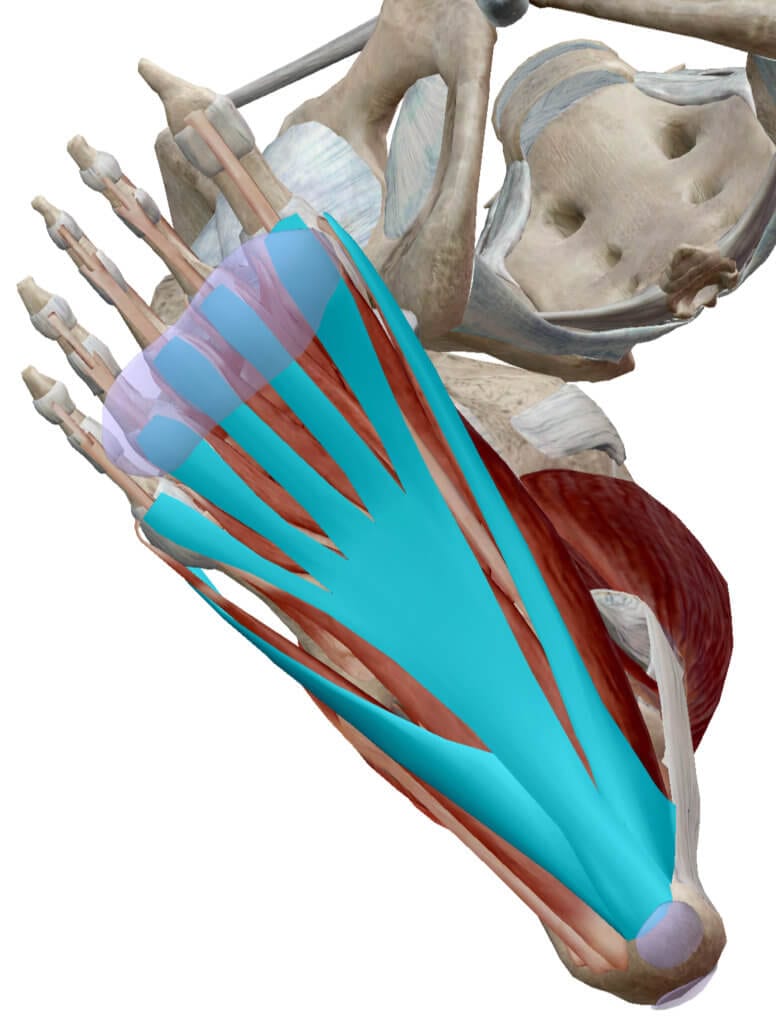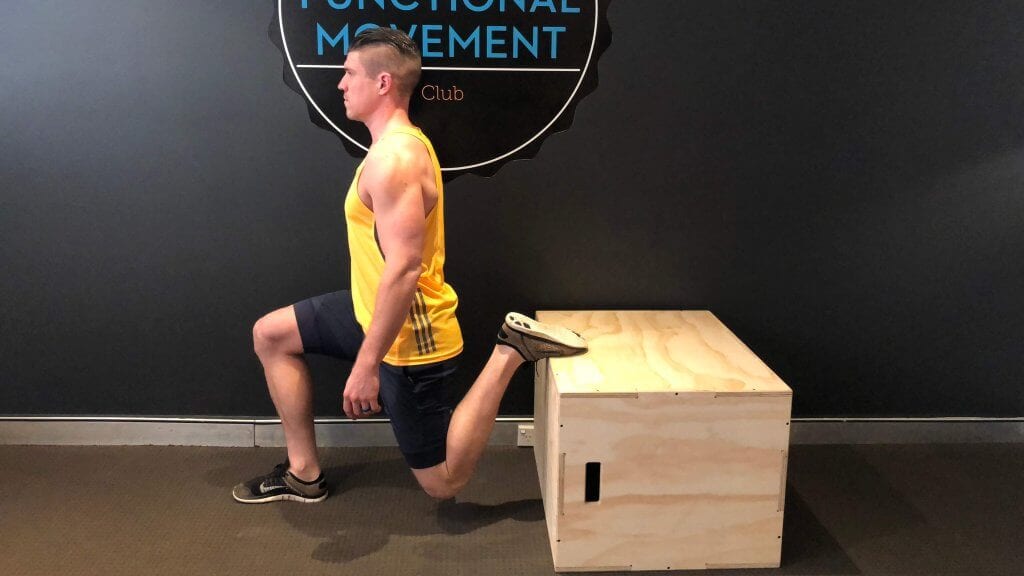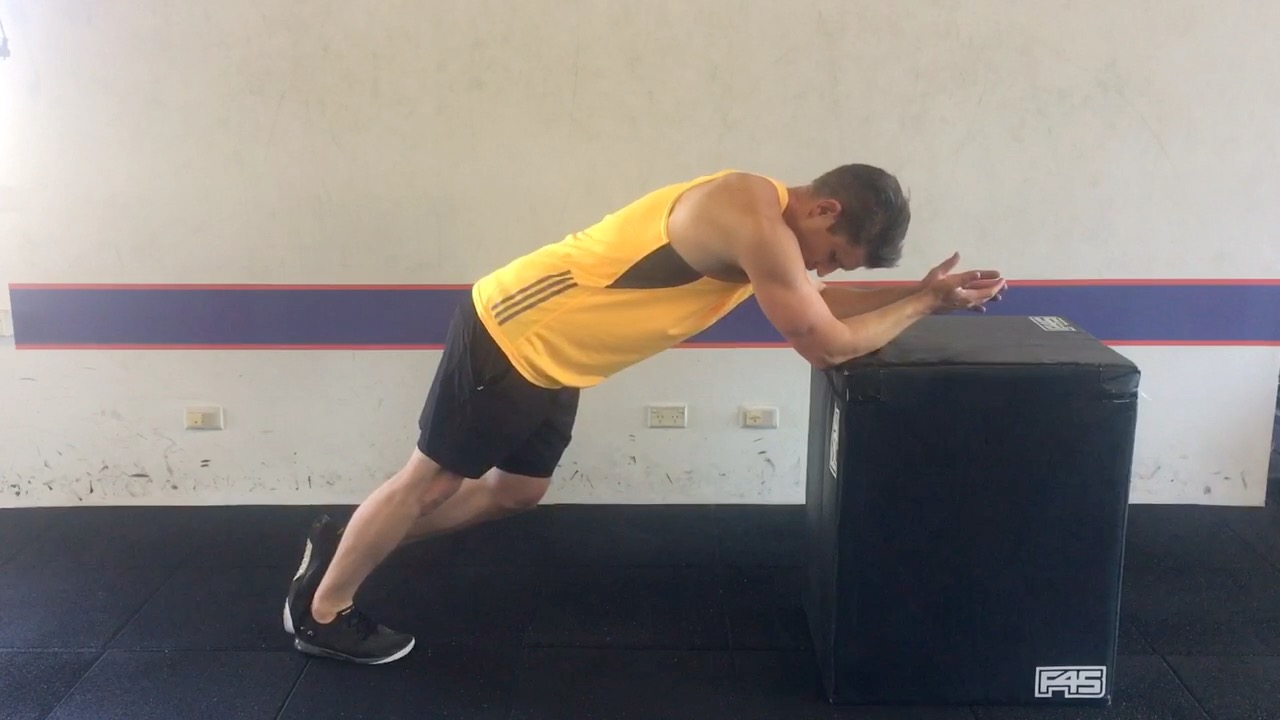
Feeling Fatigued? Check Your Neurons For a Suprising Solution
Do you ever:
wake up tired, even though you’ve gotten your 8 hours? Feel lethargic and run down for no good reason? Struggle to lift a weight or do a class at the gym that you had no problem with a few days ago? Lack motivation to get started?
These are common signs that your sympathetic nervous system may be overworked and limiting your body’s ability to rest and recover.
PSST . . . Heres a FREEBIE I made for you
The sympathetic nervous system
Most people have heard of the central nervous system, which is made up of the brain and spinal cord, but few know it is the sympathetic nervous system (SNS) that causes us to be switched on, awake and excited.
The SNS is part of our peripheral nervous system (PNS), which uses our senses of hearing, touch, taste and smell to communicate with the brain (vision is not included as this connects directly with the brain and is therefore classified as part of the central nervous system).
If you imagine that the central nervous system is like the engine in a well-oiled street machine, the peripheral nervous system is like the body and wheels of the car that help us get from point A to point B.
The peripheral nervous system
The PNS lets the brain know what is happening in and around the body. It monitors and controls the heart rate, blood pressure and release of hormones from our glands such as thyroid, pituitary and pancreas all without us having to even think about it.
The PNS is divided into the somatosensory nervous system (our senses) and the autonomic nervous system (heart rate and blood pressure monitoring and regulations, breathing and hormone secretion).
The autonomic nervous system
The autonomic nervous system then branches out into the sympathetic nervous system (fight or flight) and the parasympathetic nervous system (rest and digest).
The nervous system plays a major role in the way your body functions and it is important to maintain a balance between the sympathetic and the parasympathetic nervous system, not only in your day-to-day life but also when you exercise.
Is your nervous system overworked?
When your heart rate increases or you have a surge of aggression, that’s all thanks to your sympathetic nervous system.
The problems lies when you are in a sympathetic state for too much of the day: you wake up not feeling rested, have a stressful day at work, rush home to pick up the kids, race to the gym and try and fit in a hundred jobs in between!
When you are constantly in this excited state, metabolites (products of metabolic reactions) build up in your bloodstream and begin to trick your brain into thinking you are always in an excited state. You’ll notice a raise in your blood pressure and a shorter, shallower breathing pattern.
The easiest way to check the state of your nervous system is to monitor your resting heart rate, which is best done as soon as you wake in the morning. Over time you will notice whether your heart rate is raised or at normal levels, and whether your nervous system is functioning properly or constantly in a sympathetic state.
How to settle your nervous system
All it takes is a couple of long deep breaths to switch from your sympathetic to your parasympathetic nervous system.
Next time you are feeling stressed, give this deep breathing exercise a go:
- Inhale through your nose
- Fill your lungs fully
- Hold for a second
- Exhale and let all the tension drain out of your body
- Repeat for 60 seconds.
Deep inhalations expand the bronchioles (passage ways to the lungs) and switch the parasympathetic nervous system on by forcing the bronchioles to constrict.
Fire up for exercise
It’s an advantage to be able to switch on your sympathetic nervous system when preparing your body for exercise.
A proper warm up not only wakes up the SNS for physical activity but ensures you are physically and mentally ready, reducing your risk of injury.
A good warm up before exercise includes:
- Increasing blood flow through mid-low intensity cardiovascular exercise like walking or jogging
- Foam rolling – helps to break adhesion in the muscle fibers
- Stretching – lengthens muscles
- Plyometric/explosive movements – sport specific movements.
Plyometric movement should mimic those that you are planning to do in your workout and can include a whole range of exercises like box jumps, high knee running, butt kicks, skipping, split squats, bounding and lateral jumps.
Activity specific plyometric exercises include:
- Before doing a squat set at the gym, perform a few jump squats or box jumps.
- Before running/sprinting: tuck jumps, high knee running, or butt kicks.
A few repetitions of the plyometric exercises are enough to wake up the SNS but not tire you out before your physical activity.
If you would like more information on how to regulate your nervous system or to check if it’s functioning at its peak, you can contact me via my website or like the Facebook page to stay up-to-date with regular tips
and video tutorials.
